
There can be a host of reasons for needing replacement car seats. From unfortunate accidents with travel sick kids through to prolonged wear and tear, it’s very easy to know when your seats are nearing the end of their lifespan. If you are the type of driver who spends many hours travelling round the country then remember that having the right kind of support can mean hours avoided at the osteopath’s in later life having those little niggles hammered out on the massage table. You can often find aftermarket seats that are not produced by the manufacturer of your vehicle at a good price. These could save you money and you can usually purchase a modification kit appropriate to your vehicle that will ensure they fit correctly into the available space.
Continue reading
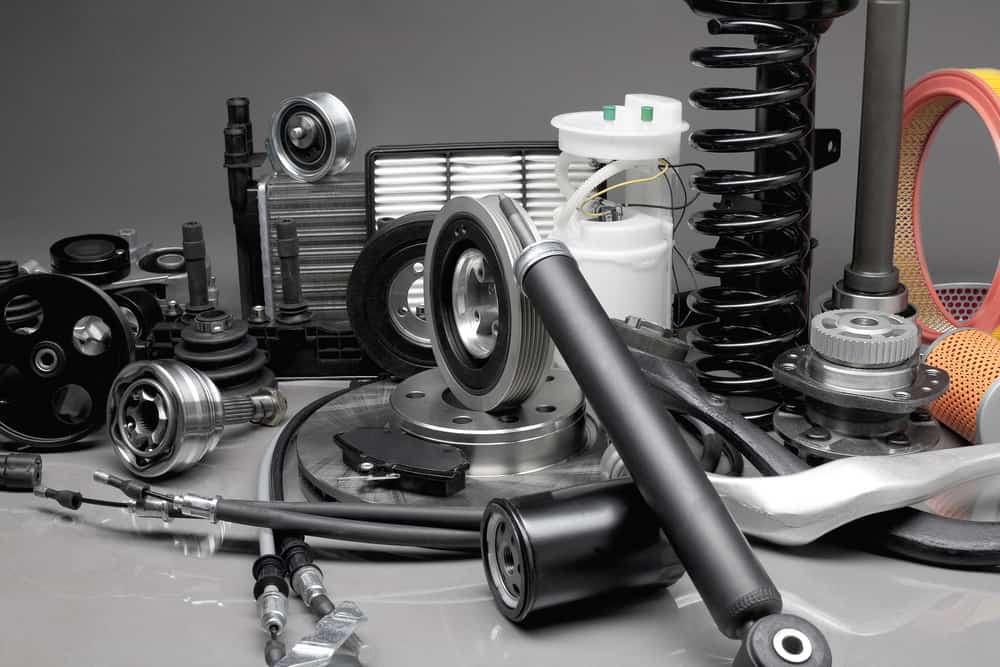

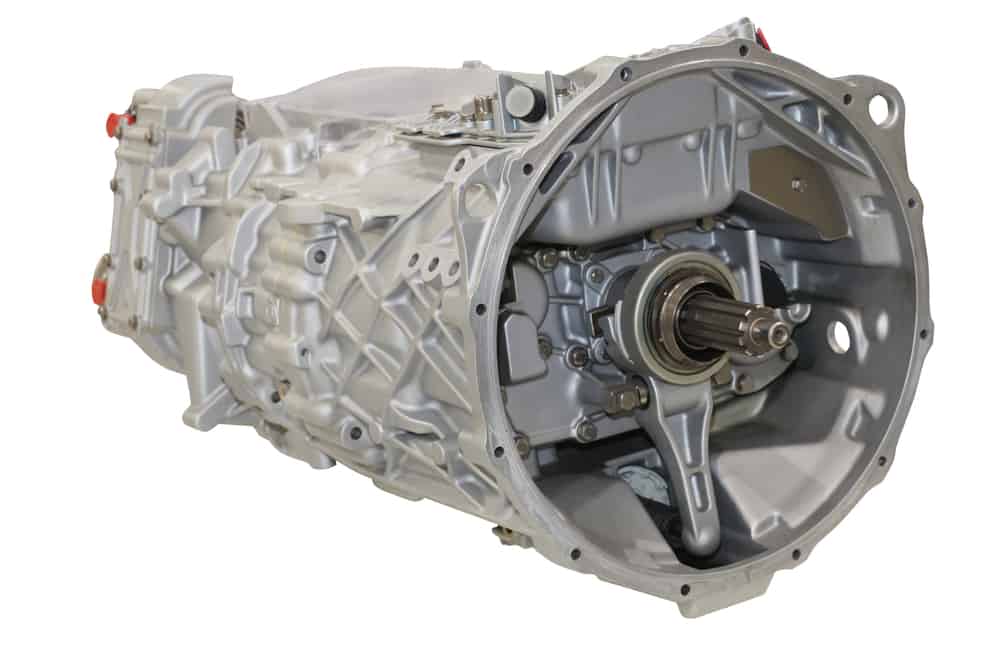
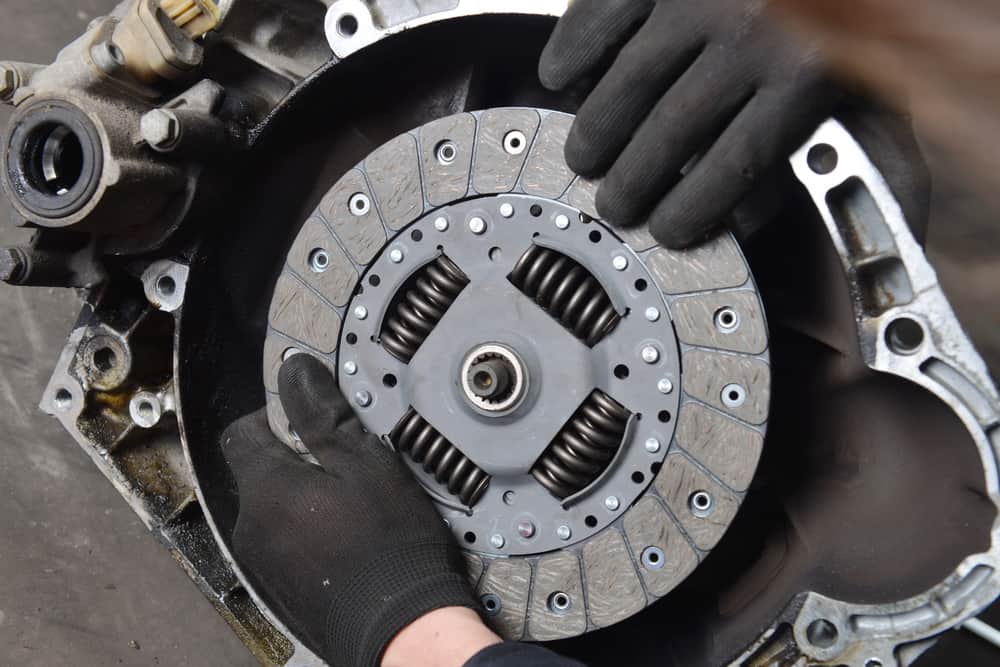
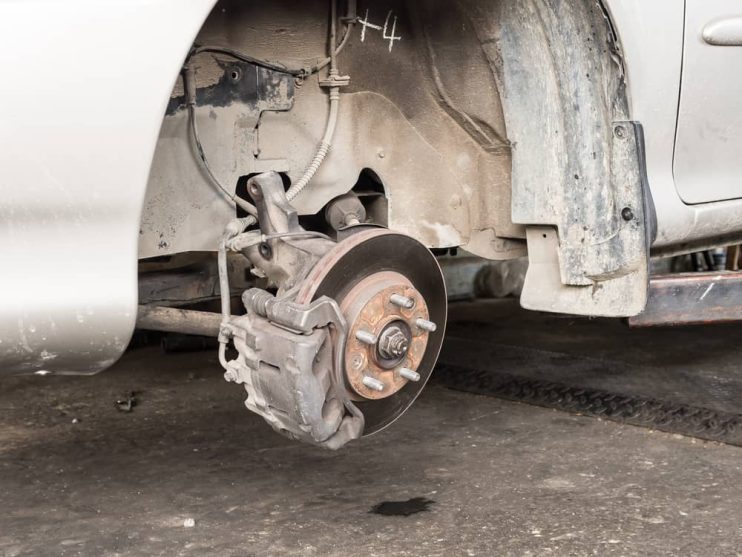
 The
The 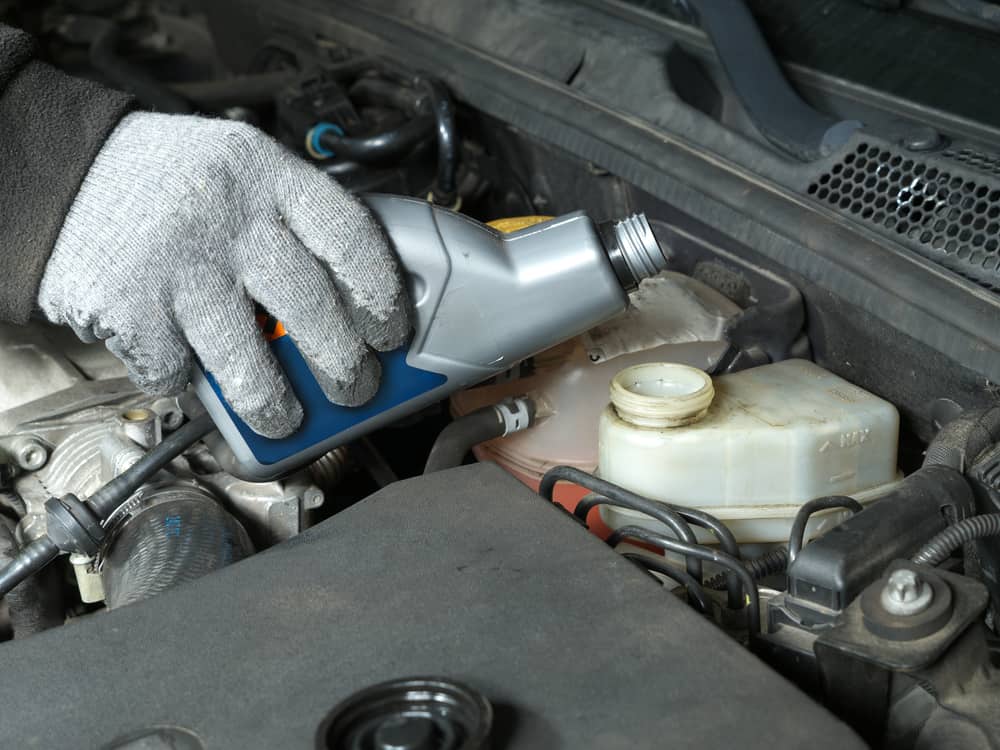
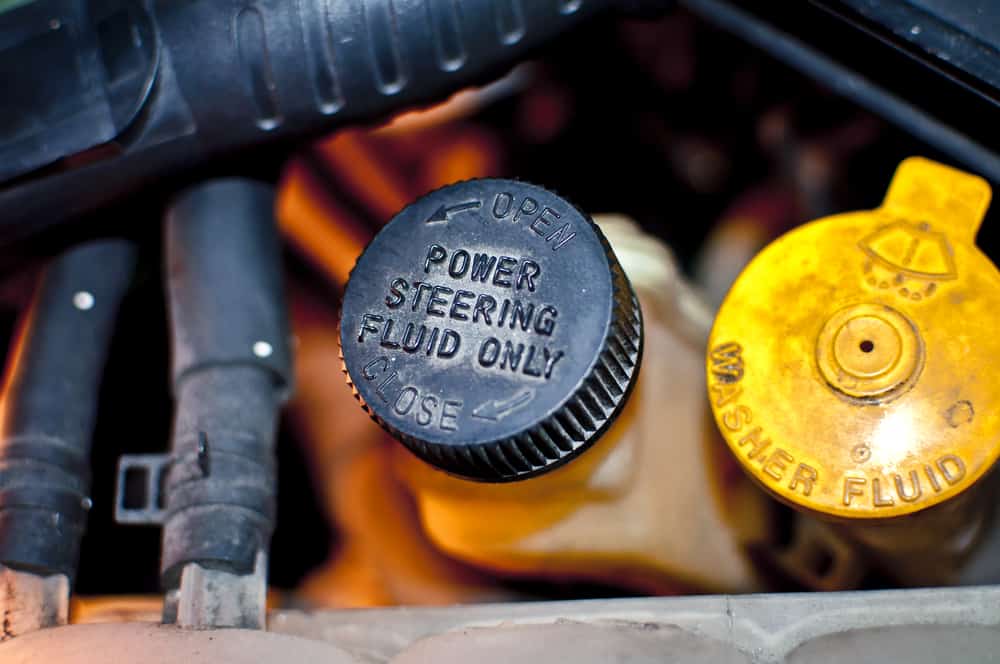
.png)